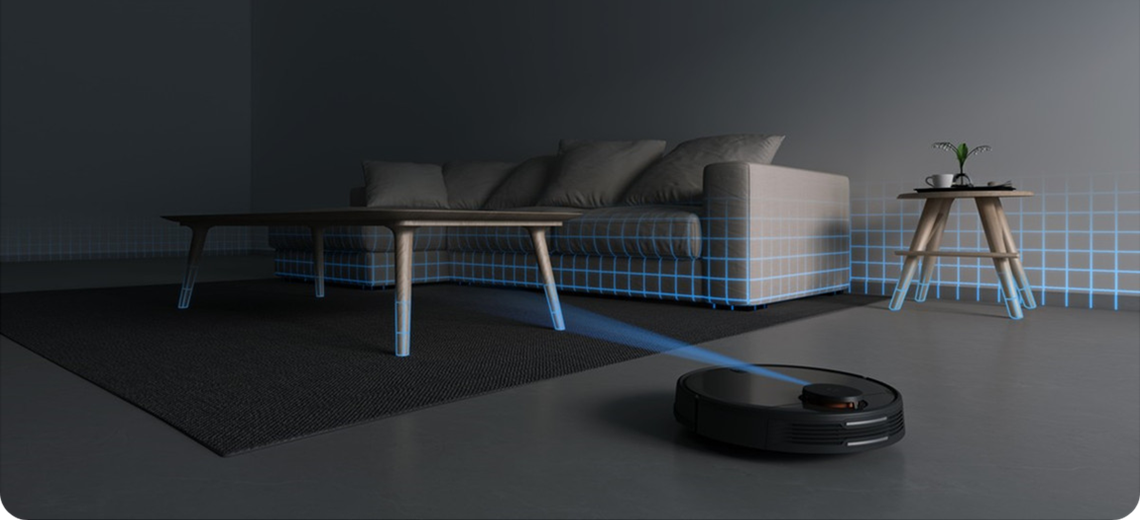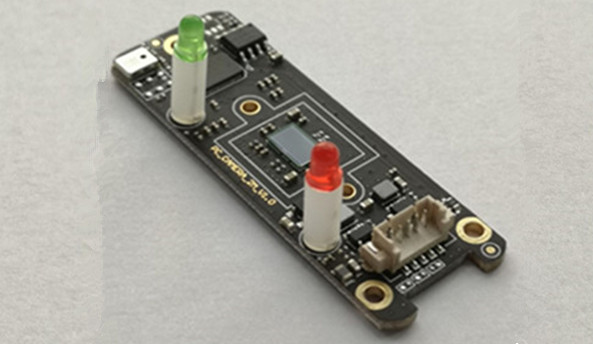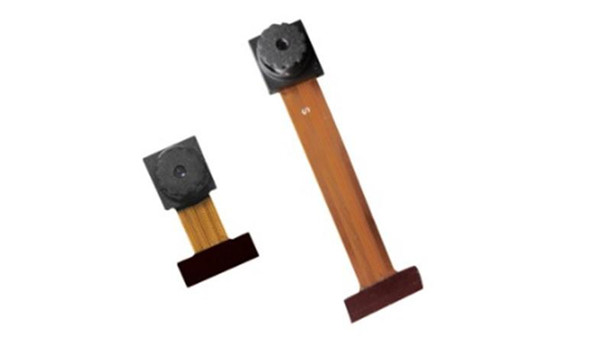
After the smart sweeping robot constructs a house map through the SLAM algorithm based on sensors such as laser ranging sensors and inertial measurement units, it then locates according to the house area, and at the same time plans an intelligent and efficient cleaning path through the AI algorithm, which can effectively avoid missed scanning. Rescan, and the server-side continuously upgrade the robot algorithm iteratively through deep learning and algorithm optimization of networked product data.
This also means that the sweeping robot integrates multiple sensors such as lidar, 3D tof, binocular cameras, as well as artificial intelligence algorithms, voice recognition and so on. From the perspective of optics, sweeping robots also need the cooperation of camera manufacturers, including chips, modules, and algorithms.
Relate Camera Modules




